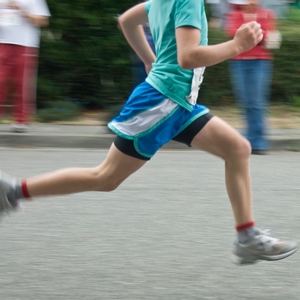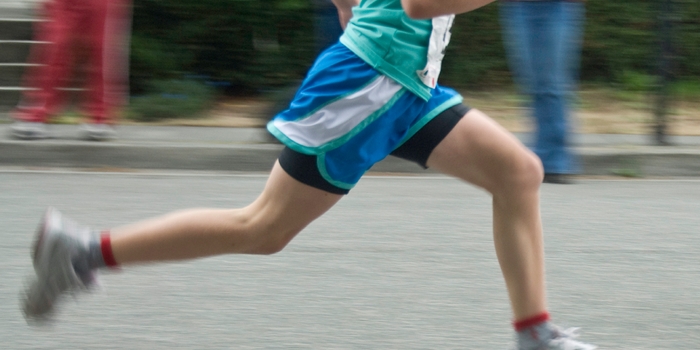Running Without Technology
![]()
![]()
January 15, 2018
I ran cross country in high school and college, and for more than ten years post-college I did not rely on technology for running. Sure there was a coach with a stopwatch for interval training, but the majority of miles were spent blissfully running while talking with friends and teammates. During competition back then we would run race paced efforts without ever checking a watch.
Fast forward to today, and everyone is wearing a watch and regularly checks pace, heart rate and now power. At the end of the run, all the data is downloaded to an app where you can analyze it and check progress. Is our data-driven run leading to better performance? Fitness? Satisfaction? It depends. If you are an elite runner trying to go under 2 hours in the marathon, then yes, bring on the data. However, the percentage of the population with the capability to go under 2 hours is less than one percent.
For everyone else, there are significant advantages to running without technology. Technology has cut off our connection to our natural external surroundings and our internal, intuitive connection to our body. Strip away the technology and make your run mindful; a moving meditation.
The first advantage when you take away technology is the ability to connect with your environment. We can then focus on our surroundings and the elements- taking in a beautiful view, the sun, wind and terrain beneath our feet. Run for the pure joy of the experience.
A second advantage is an internal focus. Without technology, our pace is determined by feel and awareness of our movement in space. Top performance driven runners do not need to look at a watch, they intuitively know their pace and the right effort.
So, how to do it? Start out by running a familiar route and leave the watch, phone, music, at home. Over the first half of the run make the focus external and take it all in- from your soundings to the tactile sensations of sun and wind. Be in the moment, be mindful.
Over the second half of the run turn your focus inward. How do you feel? Can you carry on a conversation with others? What is your posture like? Do you have a slight forward lean or are you upright? Is your arm swing efficient? Does your leg turnover feel natural? This internally focused check can become an intuitive means of improving performance through better run mechanics over the later part of the run or race. Top runners utilize the check to maximize performance. Form is the first thing to go when muscles fatigue.
A great way to develop a sense of the rate of perceived exertion (RPE), is to come up with a score from 1 to 10 for each run. Initially, your first two weeks of running without technology should be at an easy effort developing a mindful external and internal focus. This is your base feel-good run. You may score this run as a 3 or 4 on a scale of 10.
After two weeks, add in a weekly run that is variable in pace based on RPE. Start out the run at your base RPE say a 3, then add in some efforts at 5, 6, 7 RPE. Between each effort, return to your base RPE of 3. Go by feel.
You can do this with repeat hill runs or high-intensity sprint efforts as well. The key is to rate your perceived exertion for each run or effort. To solidify your ability to rate each run or effort, keep a journal. For each journal entry, enter the time duration of the run and any subjective details that may have influenced RPE, like wind and heat. After a month you will have a solid gauge of effort (or RPE) becoming mindful and connected with the world on your runs.
Ray Camano
Full Throttle Endurance Coach at Chelsea Piers Fitness

